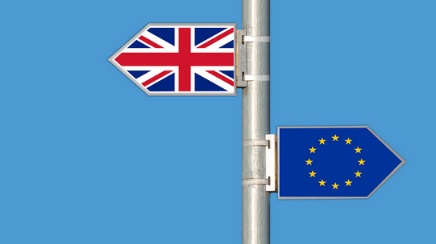Maeve McDermott | Vermont Law School, US
The European Commission Saturday published the proposed Brexit trade agreement between the European Union (EU) and the United Kingdom (UK) that was announced Thursday.
Since the UK officially left the EU on January 31, it has been in an 11-month transition period. During this period, the UK did not have representation in the European Parliament any longer. However, it continued to operate under the EU’s customs union and trade policy, which it will not be able to do after the transition period ends on December 31. If the proposed trade deal is not agreed to and ratified, the UK will exit the transition period without a trade deal. The lack of a trade deal could lead to tariffs on exports to the UK’s largest trading partner: the EU.
The proposed trade agreement seeks to establish a cooperative trade relationship between the EU and the UK. It would establish the Joint Partnership Council between the European Commission and the UK to “supervise and facilitate” its implementation and application, in addition to the Trade Partnership Committee, the Trade Specialised Committee on Goods, the Trade Specialised Committee on Technical Barriers to Trade, the Specialised Committee on Fisheries, and various other trade-related committees and working groups.
Furthermore, the proposed trade agreement would prohibit the EU and the UK from imposing customs duties, fees and other charges on the importation or exportation of each other’s goods. It also includes other restrictions, prohibitions and guidelines on the trade relationship.
However, the proposed agreement is not limited to addressing trade issues. It also attempts to establish cooperation between the EU and the UK on various non-trade-related issues, such as “law enforcement and judicial cooperation in criminal matters.”
The UK Parliament and all 27 countries in the EU still have to approve the proposed trade agreement.
Article: European Commission releases proposed EU-UK Brexit trade agreement
